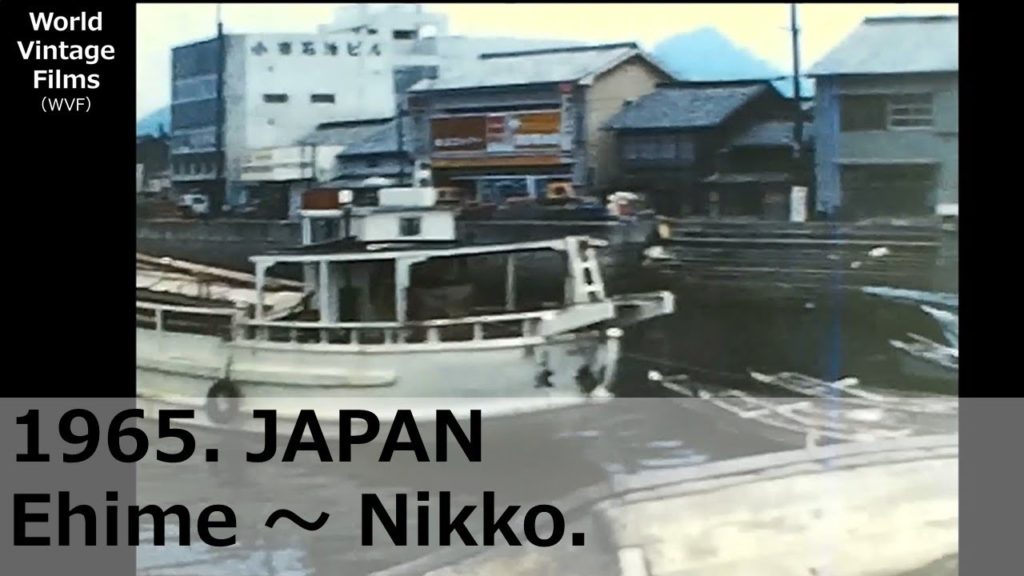Oyamazumi Shrine is a shrine located in Miyaura, Omishima-cho, Imabari City, Ehime Prefecture. Shikinaisha (Meishin Taisha), Iyokuni Ichinomiya. The old shrine was Kokuhei Taisha, and now it is a separate shrine of the Association of Shinto Shrines. It is the head office of Yamazumi Shrine (Oyamazumi Shrine) nationwide. In addition, Oyamazumi Shrine, the main deity, is also called “Mishima Daimeijin”, and Mishima Shrine, which is said to have been solicited by our company, is distributed mainly in Shikoku to Niigata Prefecture and Hokkaido. In the literature, it is stated in the article of Tenpyo-jingo 2nd year (766) of “Shoku Nihongi” that the shinkai of the fourth rank is given according to “Oyamazumijin” and that Kobe 5 smoke is allocated. Even in the first year of Daido (806), the “Oyamazumi Shrine” at that time was devoted to five households from Iyo Province as Kobe, which was on May 3, 2nd year of Tenpyo-jingo. It is written according to the mark. In the subsequent national history, he was entrusted to the Meishin in the 4th year of Jōwa (837), ranked 3rd in the 8th year of Jōgan (866), second in the 12th year of Jōgan (870), and 17th year of Jōgan (875). ) Indicates that he was promoted to second rank. In the “Enki-shiki” Shinto shrine, which was established for 5 years (927), it is listed as “Oyamazumi Shrine Meishindai” in Ochi-gun, Iyo Province, and is listed in Meishin Taisha. In addition to being the Ichinomiya of Iyo Province from the Middle Ages, it is said that the imperial court gave it the title of “Japanese chinjugami.” The priesthood (great celebration) was carried out by Mr. Ochi (later the Mishima family) for generations, and he was named after the title of the priest. In 1915, it was listed as a national shrine in the modern system of shrines (the only shrine in the Shikoku region). In the period immediately after the end of the Pacific War, the Naval Academy, which feared that valuable materials and teaching materials related to the Imperial Japanese Navy would be confiscated by the Allies as loot, received about 10,000 items including Itsukushima Shrine. It was kept under the name of “dedication”. Later, when the Self-Defense Forces were established, they were returned to the Self-Defense Forces. In addition, GHQ considered the unusual number of swords to be a problem and ordered disposal except for the national treasure class, but the shrine side secretly kept it secret in the ground. In 1992, the Soreiden was completely destroyed by the arson of the radical faction (core faction) who claimed to incinerate the “Japanese Emperor Remains”.
In Japan, when we say simply “pre-war”, we usually refer to the period before the outbreak of World War II, starting with the attack on Pearl Harbor. The Japanese economy grew by leaps and bounds over a period of about 19 years, from 1954 to 1973, when the domestic postal code system and Euroclear were established in 1968, followed by rapid progress in bringing the bill clearing system online. In 1956, the White Paper on the Economy was published. During the period of rapid economic growth in the 1960s and 1970s, the economy benefited from special demand from the 1964 Tokyo Olympics and the 1970 Osaka World’s Fair. In 1968, the country’s gross national product (GNP) surpassed that of West Germany to become the second largest in the world. Bullet trains and expressways were built. Just before the 1970s, when Japan became a creditor nation, foreigners began to invest more in Japanese stocks.
About World Vintage Films
I’m doing a Youtube video of footage taken from the 1910s to the 1980s.
The footage is original and was filmed by my family and my friends while they were traveling.
That’s why most of the footage was shot in Japan.
The first step in the editing process is to convert the video from analog to digital. Then I remove the unnecessary parts and add the original music and subtitles. We don’t want to hide the footage, so we don’t have many subtitles.
Black and white footage may be converted to color.
International and domestic travel around the world, before, during and after the war.
We have over 10,000 films that have not yet been released to the public. We will continue to edit and distribute a few more in the future.
There is a lot of valuable footage. Especially rare are old footage from less developed countries. At that time, the equipment for filming was rare. Pre-war footage of Japan is also valuable. Old cars and trains. There is also footage of airplanes shot from the sky. Towns and markets, and people. And people. Famous tourist spots and natural scenery. The fashion sense is also interesting and different from today. Enjoy the scenery in the old style.
Mostly on 8mm, 16mm, 9.5mm, 35mm, etc. Newer types of video, such as VHS, are not covered.
(I translate in multiple languages, so my writing is poor.)
#1960s
#japan
#nikko
BGM:MusMus


AloJapan.com